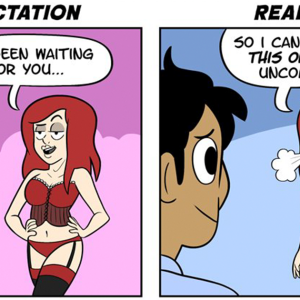
Could a simple sugar be the answer to male pattern baldness? Scientists from the UK and Pakistan have discovered that a naturally occurring sugar, 2-deoxy-D-ribose (2dDR), might stimulate hair growth. This sugar, already known for its role in biological processes, has shown promising results in mice.
Why is this discovery important? Male pattern baldness, or androgenic alopecia, affects up to half of the men worldwide, often starting as early as 30. Currently, only two FDA-approved drugs exist for treatment. The new research offers hope for a more accessible and effective solution.
How was the discovery made? Researchers from the University of Sheffield and COMSATS University Pakistan were studying how 2dDR helps heal wounds by promoting new blood vessel formation. They noticed that hair around treated wounds grew faster. This led them to test the sugar on a model of testosterone-driven hair loss in mice, similar to human baldness.
What were the results? The sugar not only helped form new blood vessels but also stimulated hair regrowth. It was found to be as effective as Minoxidil, a current hair loss treatment.
What’s next? While the research is still in its early stages, the results are promising. Further investigation could lead to a new, natural treatment for hair loss, boosting confidence and self-image for many men.
Why is this exciting? This discovery could revolutionize hair loss treatment, making it more affordable and accessible. The sugar can be easily applied in various gels, making it a practical option for many.
Stay tuned for more updates on this groundbreaking research!





